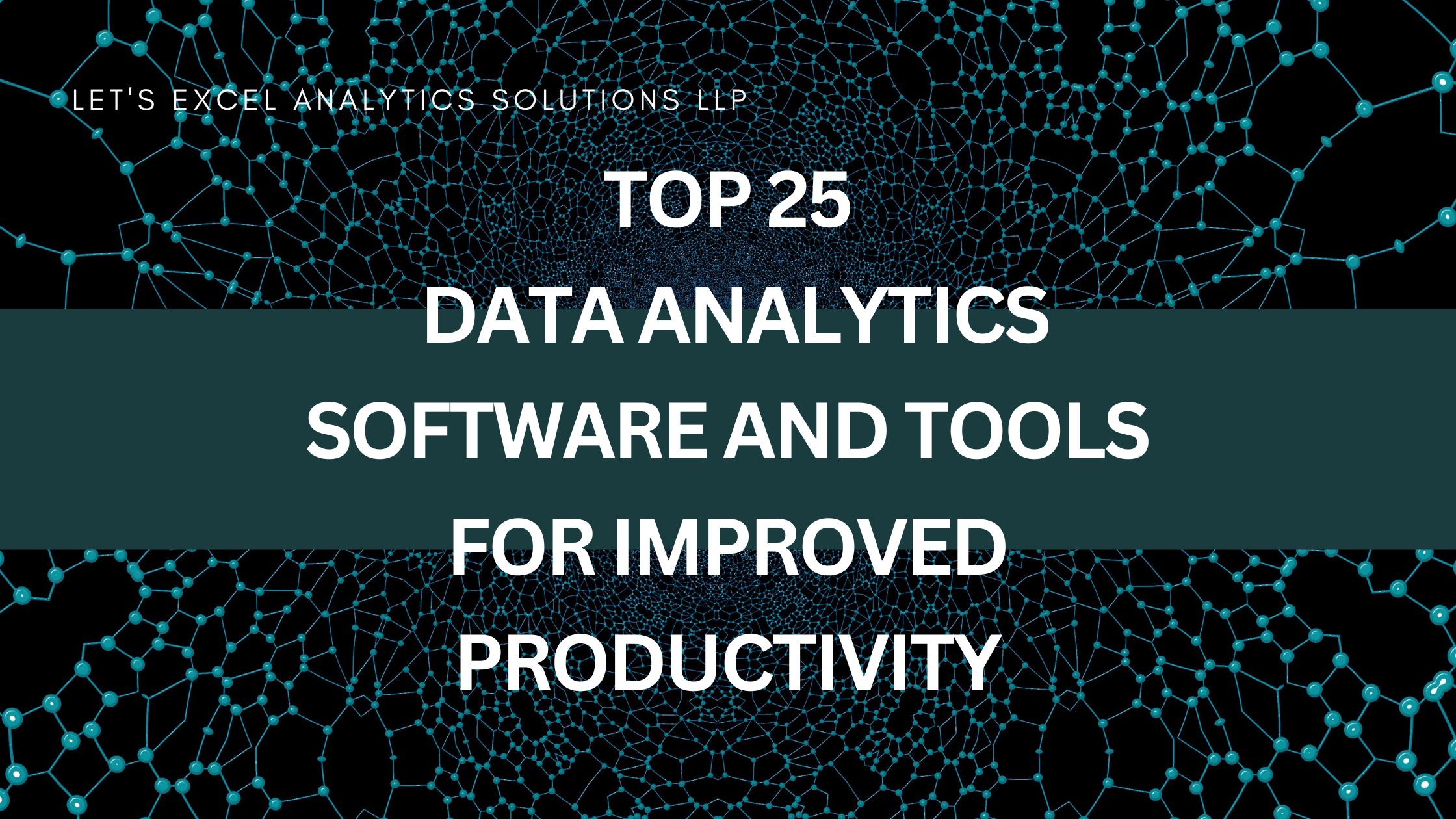Introduction
The internet has revolutionized our modern society. It has simplified everything that we do. It has brought us all the good things of the world at our fingertips. There has been a wave of internet transformation lately. The traditional internet has evolved into the Internet of Things(IoT) by convergence into diversified technologies. This evolution has broadened its applications beyond general consumer usage and has driven dramatic changes at the industrial platforms. This blog tries to explain the basic idea behind IoT and its applicability in diverse fields.
What is the Internet of Things?
IoT is defined as the network of objects (IoT devices) embedded with computing devices that enable them to exchange data over the internet. These objects range from general consumer items to industrial applications. The IoT for industrial applications is also known as the Industrial Internet of Things (IIoT).
How does the IoT work?
An IoT device is comprised of three main components: sensor, microprocessor, and communication hardware. The sensor constantly collects data from the environment. The microprocessor analyzes the collected data using machine learning algorithms. And the communication hardware is used to communicate with other IoT devices. Most of the IoT devices are controlled remotely through an app or software.
Applications of IoT
- Home improvement devices
IoT has realized the concept of smart homes. Most of the home appliances can be programmed remotely using IoT features. This has enhanced the quality of human life significantly. It includes air conditioning and lighting systems, alarm and home security systems, refrigerators, robotic vacuum cleaners, and TVs, etc., all of which can be remotely controlled by an app installed on a smartphone.
- IoT in industrial manufacturing
The implementation of IoT has ushered the manufacturing industry into a new era of smart factories. It has numerous applications in manufacturing right from supply chain management through core manufacturing operations to distribution of the finished product. IoT-enabled manufacturing employs advanced sensors that collect data across all the critical operations of the production flow. This data is fed into cloud computing to get valuable insights that eliminate waste and unnecessary reworks and encourage continuous process improvements. It also alerts operators of any potential breakdowns and performs preventive maintenances to avert downtimes.
- IoT in healthcare
Many wearable devices are available that monitor vital signs like blood pressure, heart rate, calorie checks, etc. These devices are used by Athletes to track the intensity of the workout sessions. These bands can also track the sleep patterns of individuals. Some of these devices have automatic fall detection systems that can predict the likelihood of fainting particularly in the case of elderly people. In case of a potential fall situation, these devices can send SOS signals to family members or ambulatory services.
The physicians have also been using IoT smart devices to track the health status of patients. The device can alert physicians of any need for immediate medical attention. In addition, physicians can also track patient’s adherence to treatment regimes and monitor the prognosis of the treatment.
- Smart cities
Smart-Cities employ advanced technologies to build highly efficient and sustainable infrastructure. For example, Smart lightings can drastically reduce energy consumption by switching ON and OFF when someone walks past them. Air quality tools continuously monitor air pollution data in real-time data and forecast emissions. Sensors installed on streets can give real-time updates on traffic management.
- IoT in the automotive industry
Nowadays, Autonomous cars are installed with IoT sensors to eliminate human errors and judgments during driving. This can avoid car accidents and makes driving safe and comfortable.
Advantages of IoT
- IoT automates processes and improves the quality of life.
- Enables the access of information from anywhere at any time in the world.
- It enables communication between devices without any human intervention.
- It Saves capital, resources, and time.
- Enhances efficiency and productivity.
Disadvantages of IoT
- As IoT devices are connected over a network, it predisposes them to security attacks.
- IoT devices continually share a substantial amount of data; it risks personal information of the users
- IoT systems are very complex and are vulnerable to failures.
Future of IoT
According to IoT analytics, there were over 4.7 billion devices connected to the IoT in 2016. These figures are expected to grow up to 11.6 billion by the end of 2021. It is estimated that these numbers are anticipated to increase up to 21 billion by 2025. The total market value of IoT was worth $389 billion in 2020 and it is forecasted to rise to $1 trillion in 2030.
Conclusion
Internet of Things has transformed and simplified everything we do right from our household activities to commercial manufacturing operations. It has automated processes without human interventions. Owing to the vast applicability of IoT almost all the devices that we use are turning smart today.
Curious to know more?


